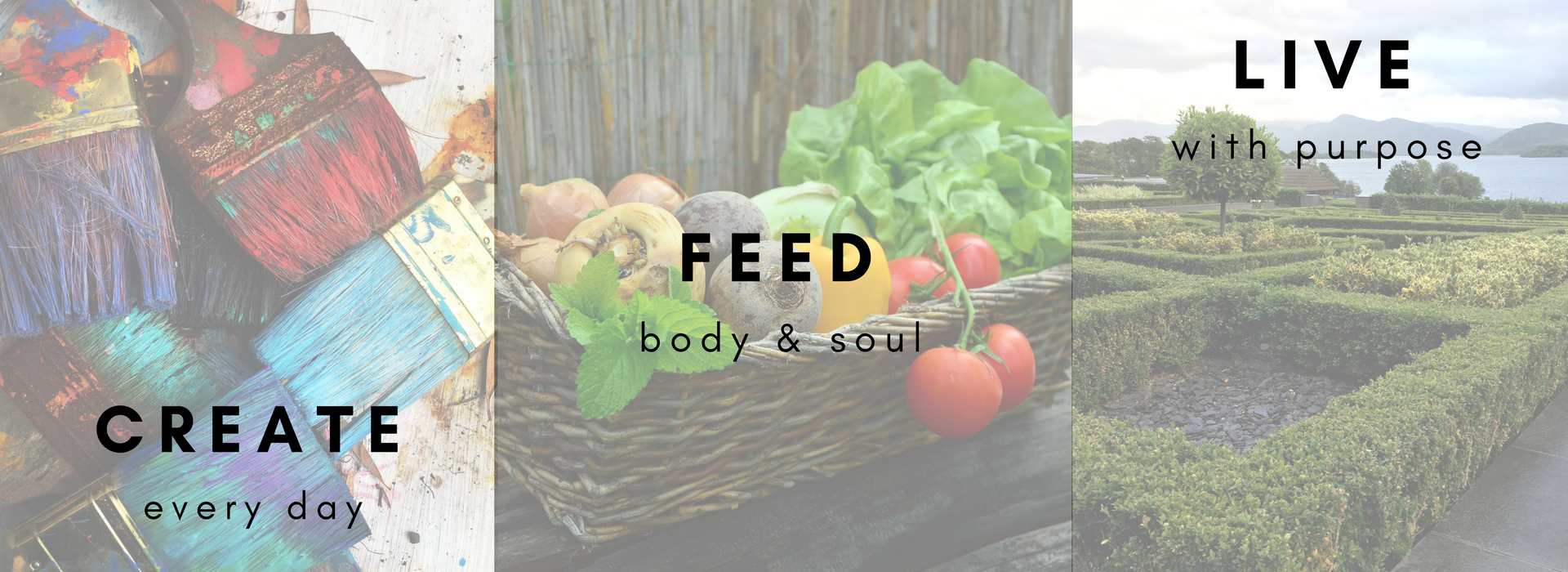 Day Four’s Challenge:
Day Four’s Challenge:
Breathe.
I know, you already are breathing, but are you breathing properly? Slowly and with purpose? I’m going to share with you a breathing technique that I use multiple times a day.
First, let’s make sure you are breathing from your diaphragm. This large muscle is located below your rib cage. Place one hand on your belly and the other on your chest. As you breathe in, you should feel the hand on your belly move. It’s okay if the hand on your chest moves too, but if that’s the only hand that moves, then you want to concentrate on getting the hand on your belly to move as well. Take several slow breaths, being sure your belly moves. You get much more air into your lungs if you breath this way – and that’s a good thing!
Some people find this movement easier to detect if they are standing or lying down. If you are sitting, don’t worry about placing your hands on your chest and belly. Instead focus on your stomach moving outward as you breathe in, and suck your stomach inward as you exhale. Make these movement exaggerated at first to get a feel of how your diaphragm should be moving. Practice this breathing technique whenever you get a chance and it will become much easier to do.
Spaced Breathing
Now, let’s move on to the special breathing technique, called Spaced Breathing. Breathe in through your nose slowly for a count of four and be sure you are breathing using your belly – you get a fuller breath that way. Hold the breath for a count of four, then exhale through your nose for a count of four, and hold for another four. Repeat this at least three more times, then breathe normally.
This breathing exercise relaxes you and is a great way to start a meditation practice. For now, resolve to practice this technique whenever you feel stressed, anxious, or just need a moment to regroup. Learn to breathe before you react to a situation; you’ll be much more focused and level-headed, and be able to make decisions based on fact rather than pure emotion.
I have clients that use this technique to fall asleep at night. Concentrating on the four counts of four is easier than counting sheep! Of course, what it actually happening is that you are slowing your breathing and focusing your mind, both of which lend themselves to falling asleep.
It is also useful if you are experiencing pain. This past winter I slipped on ice and skidded down the icy steps of my deck. When I finally came to a stop, I took a few moments to regain my composure, and then started feeling the pain in my back. I breathed using the Spaced Breathing technique for about a minute, which slowed the release of cortisol, the stress hormone. I still felt pain, but it wasn’t exasperated by shallow breathing and increased muscle tension.
Progressive Relaxation Breathing
There is another breathing technique that helps with tension and anxiety: Progressive Relaxation Breathing. For this technique, inhale through your nose and hold for a count of 3-5. While inhaling and holding, tense a muscle group (like your toes and feet). Exhale forcibly through your nose or mouth and release the tension in the muscle group. Repeat this by progressing through muscle groups: toes/feet, calves/knees, thighs, buttocks, chest, fingers/hands, arms, shoulders/neck, and finally face. Optionally, you could tense your whole body for the last round of this technique. Then take a few slow breaths relishing your fully relaxed state. This technique is particularly helpful for releasing pent up tension.
Alternate Nostril Breathing
Not all breathing techniques aim at relaxing you. Sometimes you just need to refocus your energy, but you don’t want to loose momentum on the project your working on. Alternate Nostril Breathing is great for attaining the focus without loosing the energy level (it can increase the level energy as a matter of fact). You will inhale and exhale through your nose only – no mouth breathing, and you will need the assistance of your right hand. Place your right thumb against your right nostril. Breathe in through the left nostril. Release thumb and place right pinky against left nostril. Exhale through right nostril. With pinky still on left nostril, breath in through right nostril. Release pinky and place thumb on right nostril; exhale through left nostril. The idea is to breathe in through one nostril and out through the other: in left – out right – in right – out left. That completes one cycle.
You can download a quick reference guide to these breathing techniques . [PDF link]
There are also YouTube videos that guides you through each of these techniques plus a few more:
Spaced Breathing
Progressive Breathing
Alternate Nostril Breathing
Related articles:
Breathe
Previous Day’s Challenge: Drink Water Next Day’s Challenge: Recognize Beauty in Nature
See all available challenges


